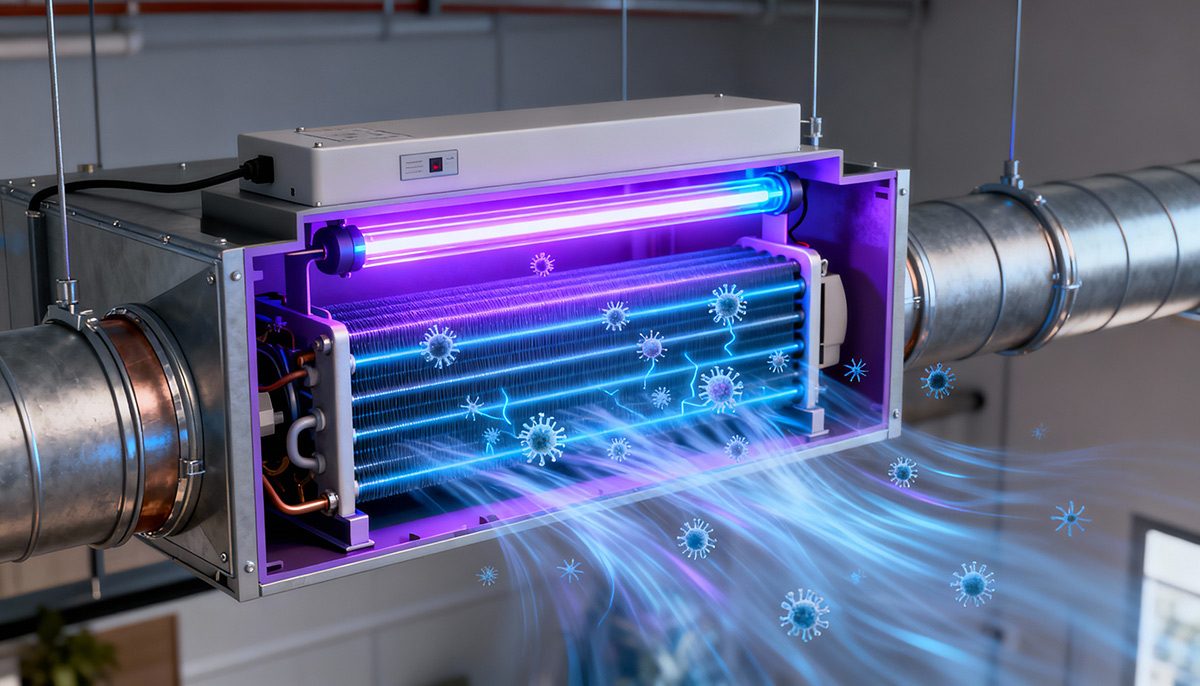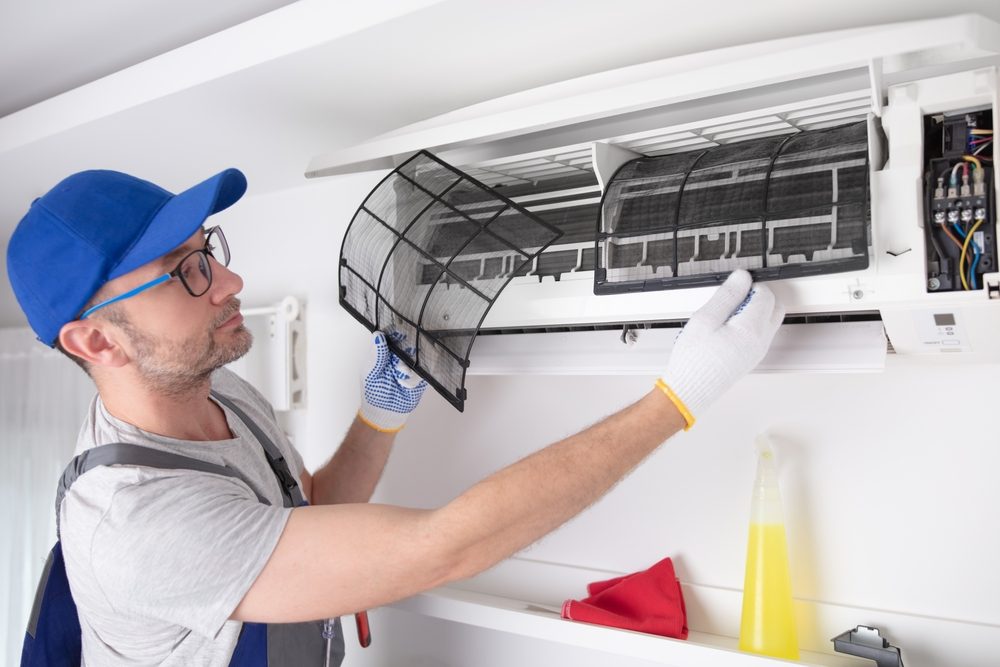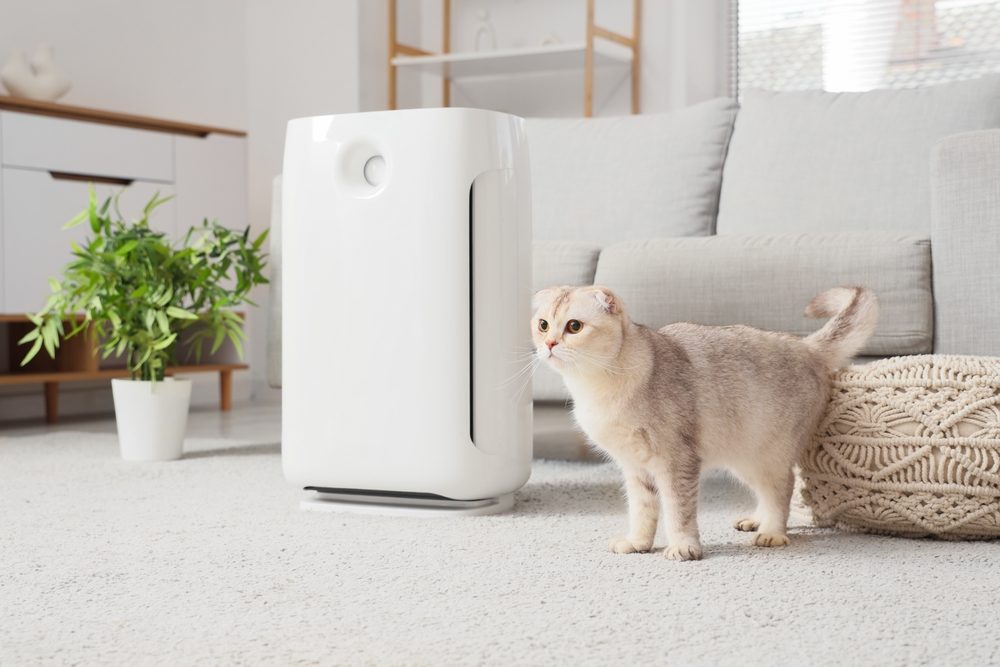
When it comes to optimizing airflow, energy efficiency, and indoor comfort, the right air conditioning (AC) grill can make all the difference. AC grills (sometimes written as ‘grilles’) play a key role in directing air, managing temperature, and enhancing overall air quality. From return air grills to supply vents, each type has a specific purpose within an HVAC system, and choosing the correct one depends on several factors.
In this guide, we’ll explore the different types of AC grills available, weigh the benefits and ideal applications for each, and offer some maintenance tips. Whether you're upgrading an existing system or installing a new one, understanding your options will help you make an informed choice, ensuring your HVAC system performs at its best and keeps your space comfortable all through the year.
Types of AC Grills
Choosing the right AC grill type can make a significant difference in airflow, efficiency, and overall comfort within a space. Let’s look at the options in more detail:
Classic: The classic grill features a modern look and provides four-way directional airflow. Made from durable, easy-to-clean plastic, the model includes a removable center core for easy maintenance. This versatile grill is suitable for many HVAC systems, including reverse cycle and gas heating systems.
Bevel face: Bevel face grills are designed to direct airflow efficiently, often in a four-way pattern. These grills are commonly installed in ceiling-mounted air conditioning systems and require minimal maintenance, as they produce little ceiling smudging. Available in various colors, they blend seamlessly with interior decor.
Eggcrate: Crafted from aluminum, eggcrate grills have a distinctive square-patterned design, making them ideal for exhaust and return air applications. Available in several sizes, they integrate well with contemporary architecture and decor.
Floor boot: Floor boot grills are designed for tight, hard-to-reach spaces. They are corrosion-resistant and come with a shut-off damper feature, allowing easy airflow adjustments. These grills are popular in high-corrosive environments and locations where durable, adjustable airflow solutions are essential.
Floor grill: Intended for floor-based air conditioning vents, these grills optimize airflow performance with their cross-pattern design, which efficiently directs air across a room. Made from polycarbonate, they are sturdy and durable, suitable for high-traffic areas.
Linear bar: Linear bar grills offer a simple, adaptable design that can be mounted on ceilings, walls, or floors. Compatible with return, supply, or exhaust systems, they are a popular choice in commercial settings like shops, hotels, offices, sports centers, and conference rooms.
Round ceiling: Round ceiling grills provide balanced, efficient airflow across a room, distributing cooled or heated air evenly. Their rounded shape complements modern designs, and their white finish helps reduce light reflection, making them a popular choice for aesthetic and functional appeal.
- Square swirl: Equipped with spiral blades, square swirl grills create directional airflow, including axial, radial, or tangential patterns. These grills enhance comfort by promoting effective airflow circulation within the room, ideal for spaces that benefit from dynamic air distribution.
How to Choose the Right AC Grill for Your System
Choosing the right AC Grill involves more than just choosing a style. It’s about finding a balance between functionality, durability, and design.
Quality: Selecting high-quality materials for your return air vents is essential for long-lasting performance. Durable materials, such as cast iron or cast aluminum, offer greater longevity, making them a worthwhile investment. You could also choose a powder-coated finish to further enhance durability by protecting against wear and tear while adding a sleek finish that prevents rusting.
Installation: Placement matters when choosing the right grill. Modern options include grills designed for floors, ceilings, and walls, so examine your duct layout to determine the best fit. For easier installation, consider grills with pre-drilled mounting holes and matching screws to streamline the setup process.
Visuals: Grills don’t just serve a functional purpose – they also contribute to your home’s overall look. Many manufacturers offer grills in a range of colors to match interior styles. Look for options that come with matching screws to create a seamless, coordinated look.
Brand: It’s wise to choose a brand known for quality and customer support. Renowned brands not only deliver durability but often provide installation and maintenance assistance as well. Some manufacturers even offer customisation options, allowing you to tailor the grill’s design, size, or color to fit your unique décor.
Benefits of Different AC Grill Types
Let’s look at some of the benefits of different AC grill types.
Bevel face: Efficient four-way airflow with minimal smudging, ideal for ceiling installations.
Classic: Durable, easy to clean, and versatile, enhancing airflow in various HVAC systems.
Eggcrate: Excellent for exhaust and return air systems, blending well with modern architectural designs.
Floor boot: Corrosion-resistant and adjustable, making them berfect for tight or high-corrosion spaces.
Floor grill: Provide strong, directed airflow and are durable enough for high-traffic areas.
Linear bar: Flexible placement, plus they suit commercial settings with a clean, streamlined appearance.
Round ceiling: Ensure even airflow distribution, enhancing comfort while blending with modern décor.
- Square swirl: Promote efficient air circulation, contributing to a comfortable indoor environment.
Maintenance Tips for AC Grills
Regular maintenance and cleaning of air grills and registers are essential for optimal function and extended lifespan.
Regular cleaning: To keep grills and registers clean, first remove dust and debris using a handheld vacuum or soft brush.
Deep cleaning: Use a mild soapy solution and ensure the grill or register is thoroughly dried before reinstalling. Check for any signs of damage, such as cracks or rust, and promptly replace any worn-out parts. Reinstall securely, tightening screws to prevent rattling.
Inspection: Inspect grills and registers regularly to catch issues early and prevent costly repairs.
- Professional HVAC inspection: It’s important to have a professional HVAC inspection at least once a year.
About Daikin
For nearly a century, Daikin has perfected the art of conditioning spaces. While designing air systems is grounded in science, the ability to refine, purify, and create a comfortable environment with high-performance grills is an art. Daikin’s approach prioritizes energy efficiency, conserving resources, and reducing emissions, while our durable systems and grills promote sustainability by minimizing waste.
Daikin is the global pioneer and leader in the HVAC and refrigeration industry, driving innovation and sustainability across an extensive product range, including air conditioning units, grills, chillers, VRV systems, air handling units (AHUs), fan coil units (FCUs), controls, and comprehensive service and parts support. Through these endeavors, Daikin meets and exceeds the needs of residential, commercial, and industrial applications.
At the core of our philosophy is a belief in the infinite potential of people – and we are constantly working toward a future where comfort and environmental responsibility coexist I harmony. We are proud to employ over 98,000 people, operating in over 170 countries with a global network of 115 factories. In FY23, Daikin generated net sales of USD 30bn.



